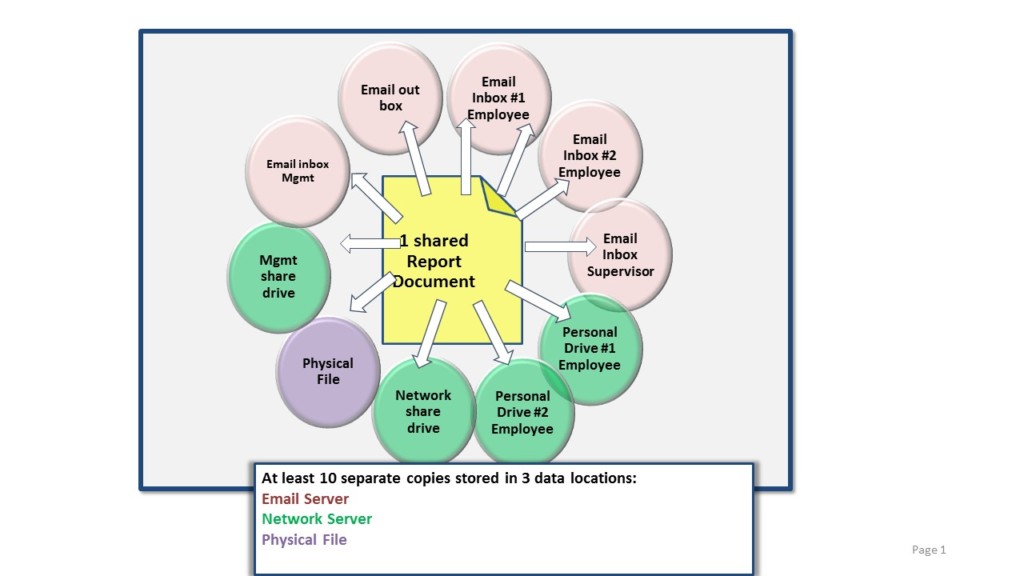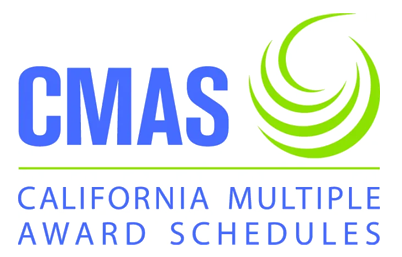Earlier this month Pacific Gas & Electric Company was found by a jury not guilty of 6 counts of knowingly failing to keep accurate records. The company was convicted on several other counts including the failure to gather information on its pipelines and on obstructing a federal investigation into the 2010 blast that killed eight people and destroyed 38 homes in San Bruno, California. PG&E is appealing the conviction. (http://www.sfgate.com/bayarea/article/PG-E-seeks-to-have-its-criminal-convictions-9154053.php)
But, just because PG&E was not held criminally responsible for the state of its records, that does not mean PG&E is off the hook or that other organizations (whether in a highly regulated industry like utilities or not) should rest easy about their own recordkeeping practices. What the verdict means is that the federal jury could not say beyond a reasonable doubt that PG&E officials knew the records were poorly maintained. Should recordkeeping be an issue in any civil litigation, the standard in California for civil liability (monetary awards to individuals who sue) is the lesser standard of a “preponderance of the evidence”. In other words, with all things being equal is it more likely than not PG&E was negligent in its recordkeeping and that negilence led to some event – such as pipeline failures, homes burning and deaths.
PG&E’s acquittal should still cause organizations to re-evaluate their own practices – how many places is one document stored in your organization. A typical organization that has a review process for finalizing documents carried out through emails and storage of the document on various servers looks like the diagram to the right.

And, this does not account for the number of draft versions that may exist in any one of these locations. How are all of these documents being managed in your organization? Although not being able to answer that question is not likely to result in criminal liability, it may well be considered negligent and will have an impact on how unprepared any organization will be when it becomes embroiled in civil litigation where the standards are much lower.
The first step is to undertake a thorough evaluation and assessment of your content management practices with an ANSI/AIIM 25 assessment.









